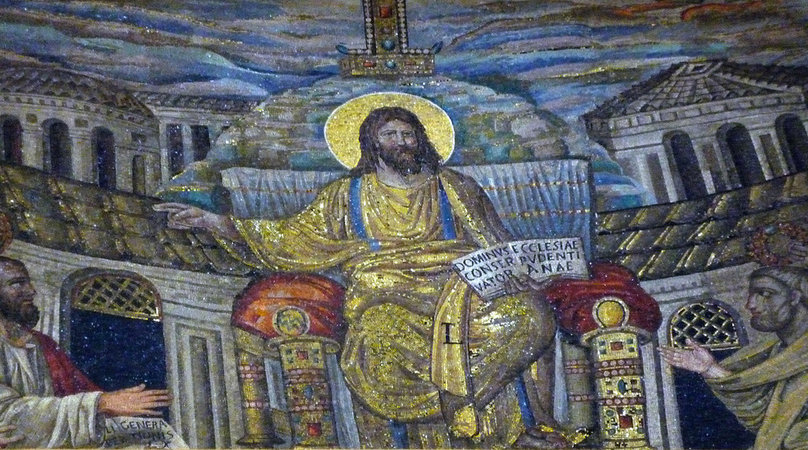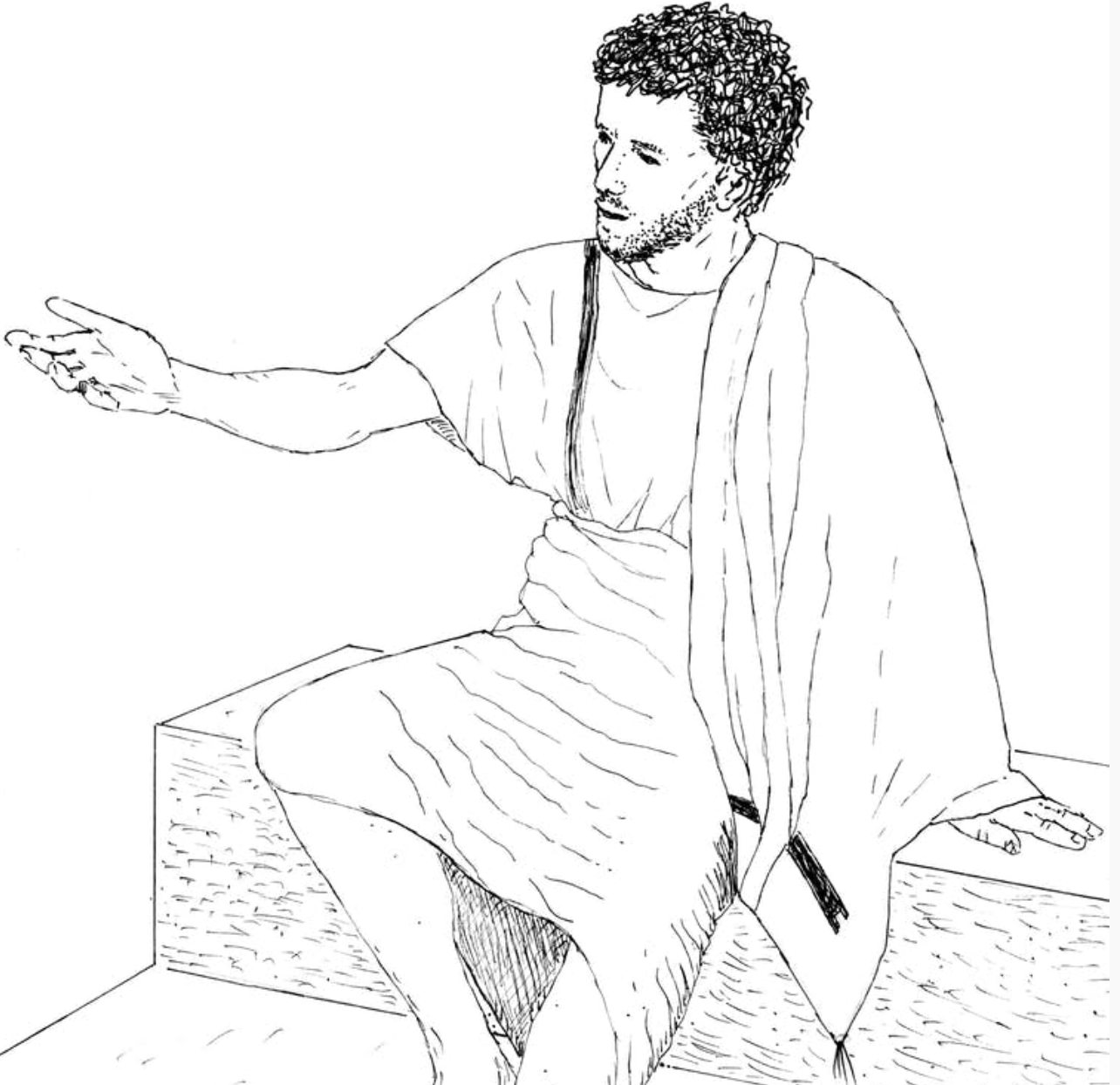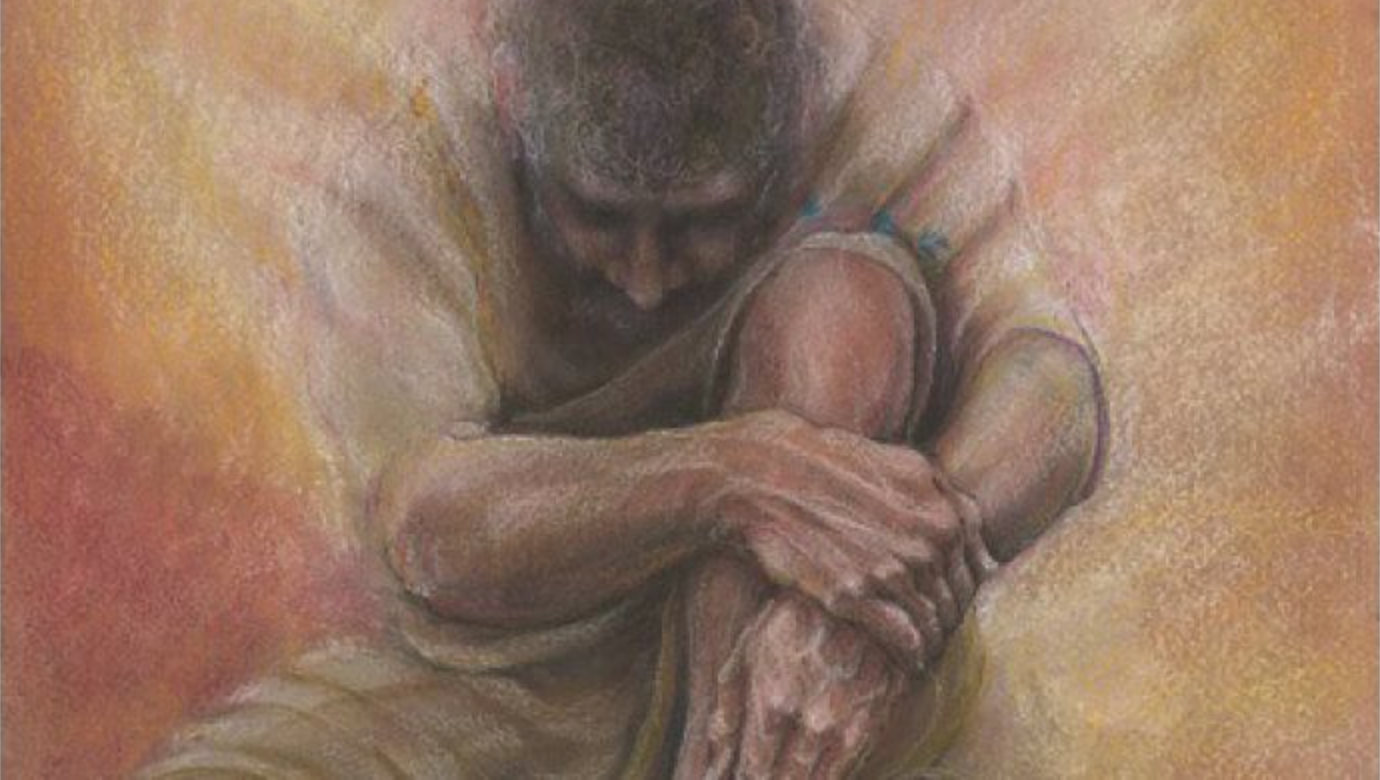New research calls for a re-framing of the most famous icon in Western history.Think of Jesus Christ and the image of a European-looking bearded man with light skin and a long robe probably comes to mind. That’s partly because for the past two thousand years Western artists—from Byzantine mosaic-makers to Renaissance painters and Hollywood directors—have constantly drawn from that particular set of features to immortalize the Messiah in mosaics, canvas or on the big screen.
But according to new research by Joan Taylor, a Professor of Christian Origins and Second Temple Judaism at King’s College London, that image is a far cry from an historically accurate depiction of Jesus.
As she notes in the introduction of her recently published book What Did Jesus Look Like? (T&T Clark, 2018), the Bible and the New Testament provide few sparse details about Jesus’s clothing but no description at all about his physical features.
In the holy texts Jesus “walks, talks, heals, touches, drinks, eats, performs miracles, gets seized, spat on, beaten, whipped and crucified, but we do not have him visually described,” Taylor writes.
So where did that bearded, robe-wearing, European-looking Jesus came from? “That image can probably be traced back to the Byzantine period when artists had to make choices on how to represent the ‘son of God,’” the scholar says. “And they were probably inspired by existing godly figures like Zeus and Apollo.” That would explain why Jesus got a Zeus-like haircut—long-hair and a beard—and Apollo-like features—a slim body and delicate lineaments. The Byzantine era is also when Jesus starts to be depicted with a royal robe, as opposed to the simple tunic that he most likely used to wear.
In chapter five of her book, titled “Christ Almighty, The Byzantine Cosmocrator,” Taylor deconstructs such Byzantine era image-making techniques by looking at a lavish apse mosaic from Santa Pudenziana, the oldest surviving Catholic church in Rome, built between 384 and 398.

Here the intention was not to produce a faithful representation of Jesus Christ as a man but rather, as the scholar observes, as a divine “ruler of all” (pantocrator) or “ruler of the universe” (cosmocrator). Indeed, there is a whole branch of Orthodox iconography dedicated to this particular representation of Jesus. In this case, Christ is not only framed as “pantocrator” but also as ruler-judge—the scene is one of universal judgment at the end of the present world.
And as Taylor notes, many of the symbols and visual arrangements used to convey this “authoritative” aspect of Christ are drawn from classical and imperial iconography. For example, in this mosaic Jesus is seated on a throne and wearing a lavish gold garment—a legacy from classic imagery around Zeus/Jupiter which would often be depicted as an enthroned figure clothed in gold. His posture is reminiscent of imperial iconography—Emperor Augustus would often be presented as holding out his right arm to the viewer’s left as a gesture of law-maintaining authority—while the long baggy sleeves of his robe were probably inspired by the dalmatica, a long and often embroidered tunic wore by the upper classes in the Byzantine era (which can be seen today as the liturgical garment of a deacon).
After the Byzantine period that ruler-like image of Jesus progressively crystallized and became the universally accepted way to depict the messiah in Western art. “We see some differences in color palette, with Spanish and Portuguese artists giving him a more Mediterranean look compared with Italian, French or British painters,” Taylor explains, adding that some Orthodox icons also featured “darker” versions of Jesus. “But overall, that Zeus-looking image of Christ wearing a robe is the one that becomes the standard template in Europe and which is later taken around the world with colonialism.”
A few years ago Taylor started to wonder if this universally accepted version of Christ’s looks could be backed by actual historical evidence. She started her investigation by looking at holy artifacts such as the Veronica cloth or the Turin Shroud to look for clues about Jesus appearance but that line of research was not fruitful. So she turned her attention to a wider array of archaeological artifacts—such as coins, textiles and well preserved human remains from Roman-era Judaea—to look for any evidence that could help reconstruct his looks.
Her findings suggest that Jesus Christ was probably about 5 ft 5 in tall and had brown eyes, black hair and olive-brown skin—the most common features of men from his time according to archaeological remains, historical texts and pictorial depictions of people from first-century Judaea. Contrary to the long-haired icon we all know, the “King of Kings” most likely had short hair and a trimmed beard—a popular grooming tactic that could prevent lice.
The way we came to picture his body-type is also most likely inaccurate. As Taylor notes, Jesus worked with his hands—he was a carpenter—and did a fair lot of walking around. If we combine that physically active lifestyle with what we know about the common diet of his times it’s safe to imagine him as a skinny but muscular man. “In fact everyone had a physical active life at the time you can see from skeletal remains that people were fairly muscular.” Taylor says. “So I would say he was quite wiry.”
And when it comes to clothing, the scholar is pretty confident that Jesus Christ’s outfit of choice was a simple one-piece tunic rather than a more elaborate robe or a mantle.
Archaeological evidence and artworks from the first century indicate that people from a higher social status would often wear a two-tunic piece made of a simple under-tunic and a more elaborate outer dress—often a a long robe—while common people often had a one-piece tunic. And in the Gospels, Jesus gives pretty specific advice on which one he preferred. “He says to the apostles: ‘don’t wear two tunics'” Taylor notes. “That’s quite specific advice and it says a lot about how he wanted his ambassadors to be perceived. He didn’t want them to enter Galilee’s villages as well-dressed visitors but as simple men that looked like the have-nots of society.”
This particular detail is very important to Taylor who feels that a conscious choice of humble clothing ties in well with Jesus’ deep-felt humanity which very often gets lost in favor of the more “divine” or “royal” representation popularized in much of Western art.
Thanks to her detailed historical reconstruction, the academic was able to literally sketch out an image that stands as a more faithful representation of the most famous man in Western history. In her drawing, Jesus has short curly hair, a trimmed beard and a wiry body.

Her book also features a painting by British artist Cathy Fisher who was asked to reimagine Jesus based on the author’s findings. Fisher’s “Jesus of Nazareth” (2017) is depicted in a meditative position and looks even stockier than Taylor’s version.

The Christian Origins scholar now hopes that Fisher’s “re-framing” of Jesus will be emulated by more artists in the near future. “We are all so used to that Westernized version of Jesus that the only way for us to let go of it is to be confronted with new images,” she says, adding that so far there have been some attempts to depict alternative versions of Christ in contemporary art but not in mainstream Christian art. “Hopefully one day we will see more accurate representations in our churches, too, but for that to happen we need more artists to experiment with the new template,” Taylor concludes. “So my message to artists is: Go for it! Give us a different looking Jesus!”

